J-STORIES ー 2023年だけでもトルコ・シリア、モロッコ、アフガニスタンなど世界各地で、数千人から数万人という多数の犠牲者を出す大地震が発生している。こうした大地震で大半の死因となっているのが建物の倒壊による窒息や圧死だ。犠牲者を最小限に留めるためには、建物の耐震性の強化が欠かせないが、手間やコスト、また建築方法などの違いから世界では日本ほど耐震性の強化が進んでいないのが現状である。こうした中、塗るだけで外壁にしなやかさを与え、耐震性を強化させることができる耐震材によって世界の「地震犠牲者ゼロ」を目指す日本の企業がある。
建設業の2代目社長だった鈴木正臣さんが「地震犠牲者ゼロ」をめざすビジネスに大きく舵を切ったのは、2016年8月24日にイタリア中部で起きた大規模地震の被害を現地で目の当たりにしたことがきっかけだった。マグニチュード6.2の激しい揺れで240人が死亡。がれきの中からまだ音を立てていたおもちゃを見つけた鈴木さんは、犠牲になった子供の痛々しい姿を思い浮かべ、胸が締め付けられた。
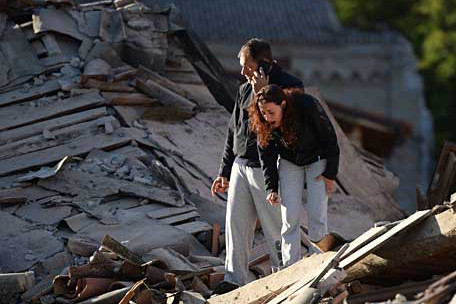
鈴木さんが取り組んでいるのは、東京大学と共同研究して生み出したペースト状の耐震材の普及だ。イタリアでは日本に比べ、レンガや石などを積み上げる組積造の建物が多く、その崩壊が甚大な被害を招く一因となった。「家業を辞めてでも、自分の人生をかけ、全身全霊でこの耐震材の製造に取り組まなければならない」と鈴木さんは強く誓い、新会社 Aster(東京都中央区)を創業、耐震材「Power Coating」の事業拡大に乗り出した。
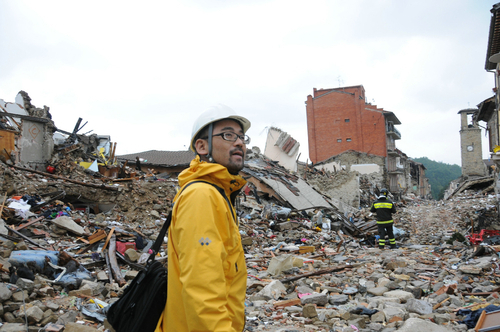
Power Coating は、塗るだけで外壁にしなやかさを与え、耐震性を強化させることができる。一般的な高度樹脂の1/10〜1/20という低価格で、特別な技術も不要なため誰でも扱えるという利点もある。更にはデザインや景観を損なわずに行えることも魅力だ。鈴木さんによると、築500年の既存の建物の耐震性も強化できるという。
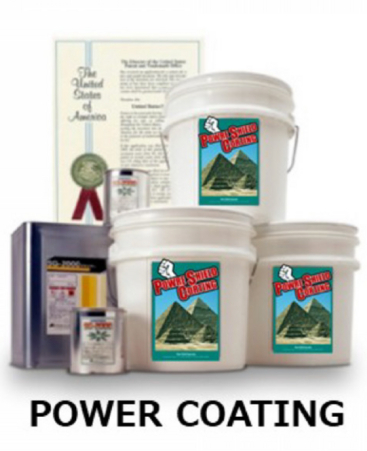
こうした安価で簡易な耐震強化を実現させたのが、同社の持つ組積造の構造解析技術である。組積造の建物は、地震波を受けて亀裂が入る所から崩壊するまでの過程を正確にシミュレーションする事が難しく、耐震診断はこれまで不可能とされていたが、同社の技術は、建物の耐震性能が不足している部分を正確に把握することを可能にした。震災時に負荷がかかる部分など、耐震補強するべき部分に Power Coating を塗ることで、地震に強い強固な構造にできる。
レンガや石の建物は、高度な技術がいらず、原料の入手が安易で価格も安いことから、世界人口の約60%が現在も居住していると言われるが、震度3〜4で崩壊する耐震性の低い建物も多い。地震多発地帯に多く分布していることもあり、過去100年間の地震による死因の約80%がこうした耐震性の低い建物の崩壊という調査もある。

鈴木さんによると、同社の耐震材には世界各地から導入希望の声がかかっており、今後の大きな市場として、フィリピン、ネパール、コロンビア等を視野に入れている。また、主要な建築資材であるセメントは製造過程で排出される二酸化炭素(CO2)が問題となっており、Power Coating がセメントの代替品にもなりうるのではないか、と鈴木さんは話す。成功すれば世界で毎年28億トン排出されている二酸化炭素の削減にも貢献できるとの期待がある。一方、耐震建築の技術が進む日本では、これまで同社の技術が評価される機会が少なく、鈴木さんは幾度となく悔しい思いを経験したという。同社は2022年2月に開催されたベンチャー企業の事業モデルコンテストで、参加した105社の中からグランプリに選ばれた。J-STORIES の取材に対し、鈴木さんは「社会の役に立つ製品を作ることとビジネスが両立できることを証明していきたいし、そういうものが今後は当たり前になるべきだと思う。この技術を成功させて、社会の役に立ってビジネスにもなる事業を行う人たちが続くといい」と語った。
記事:澤田祐衣 編集:北松克朗
トップ写真:Aster 素材提供
この記事に関するお問い合わせは、 jstories@pacificbridge.jp にお寄せください。
***
本記事の英語版は、こちらからご覧になれます。

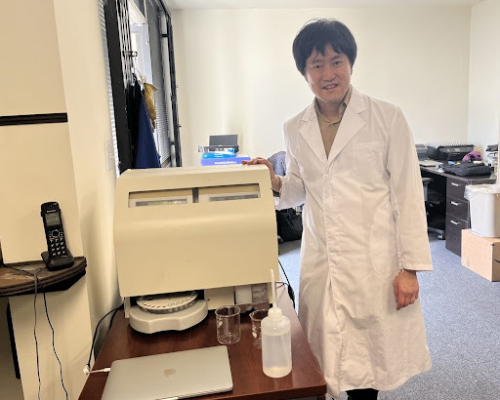
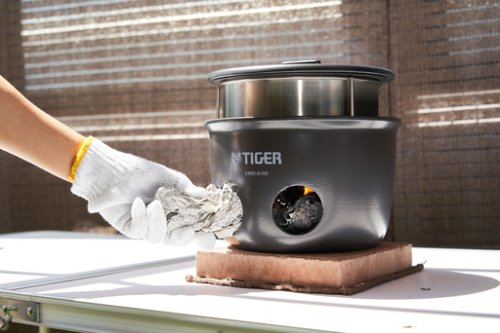
_smallthumbnail.jpg)
_bigthumbnail.jpeg)











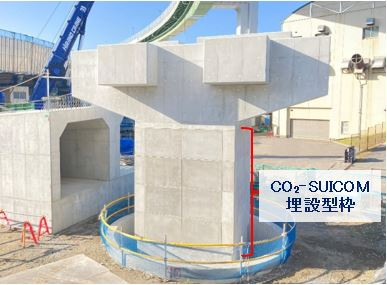


![[PODCAST] 如何打造成功的新創企業社群(第2集)](https://storage.googleapis.com/jstories-cms.appspot.com/images/1748493203370business-man-holding-light-bulb-social-network-2024-10-31-22-37-36-utc_smallthumbnail.jpg)



How much does it cost if you retrofit a health center with this power coating?